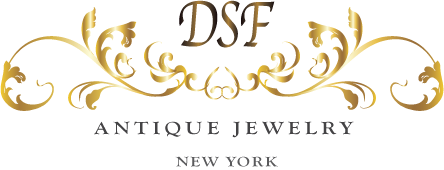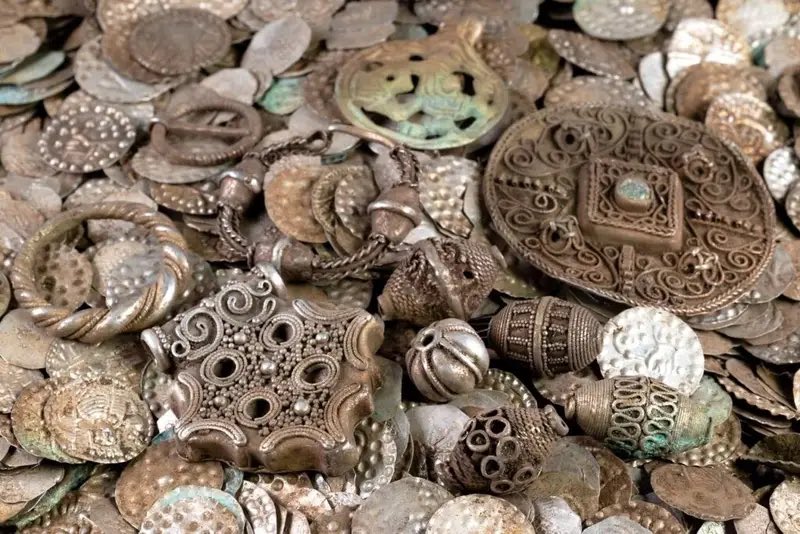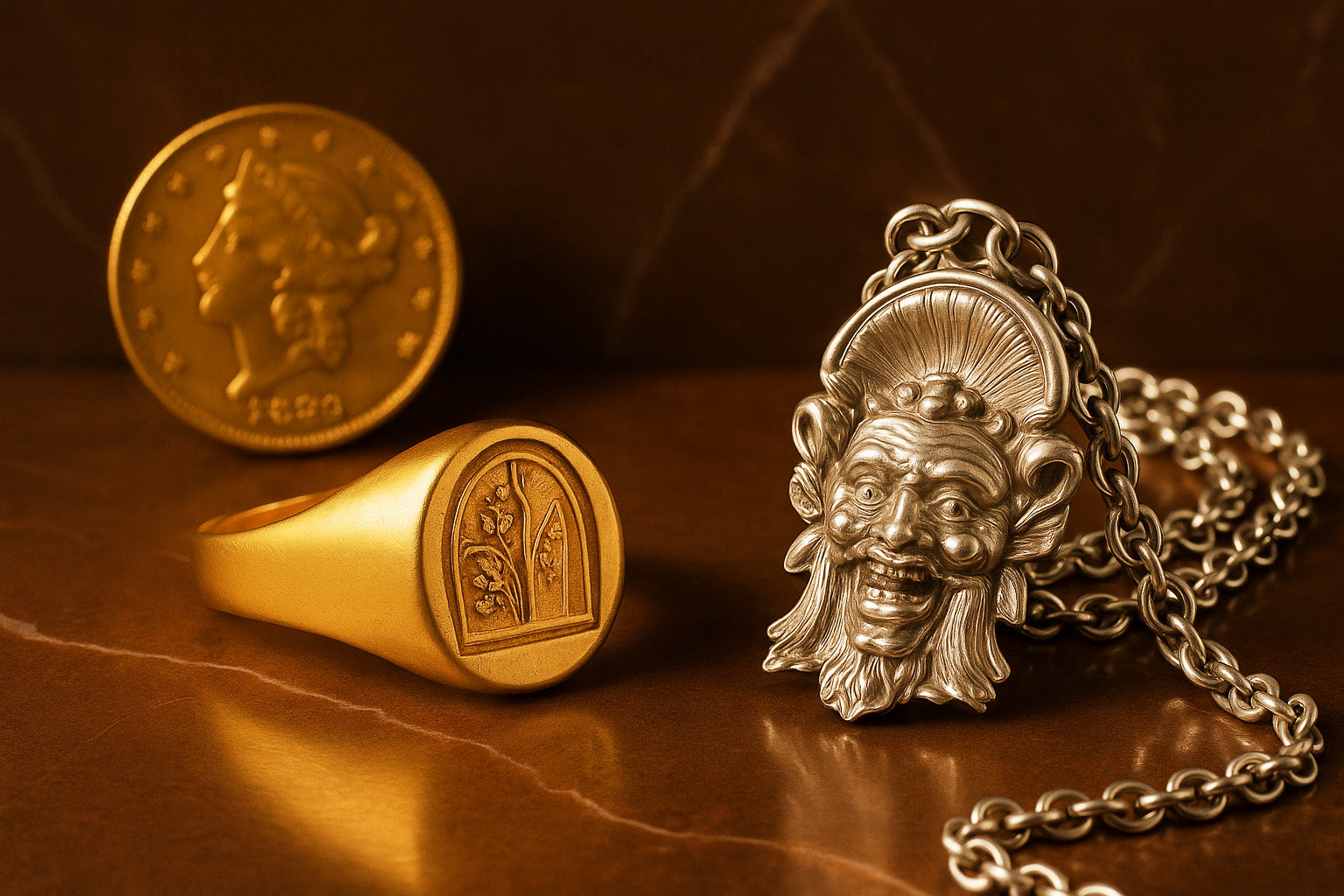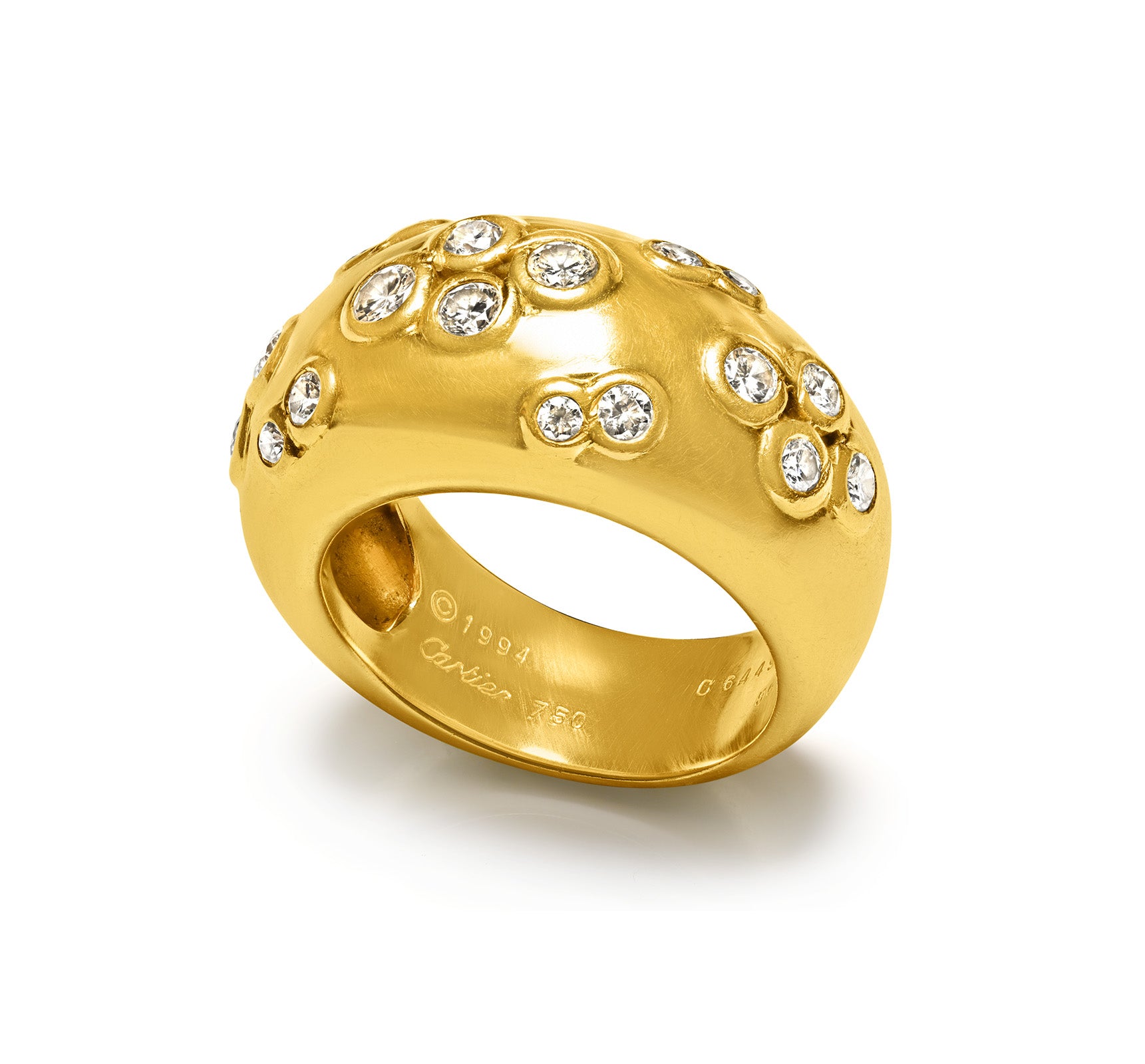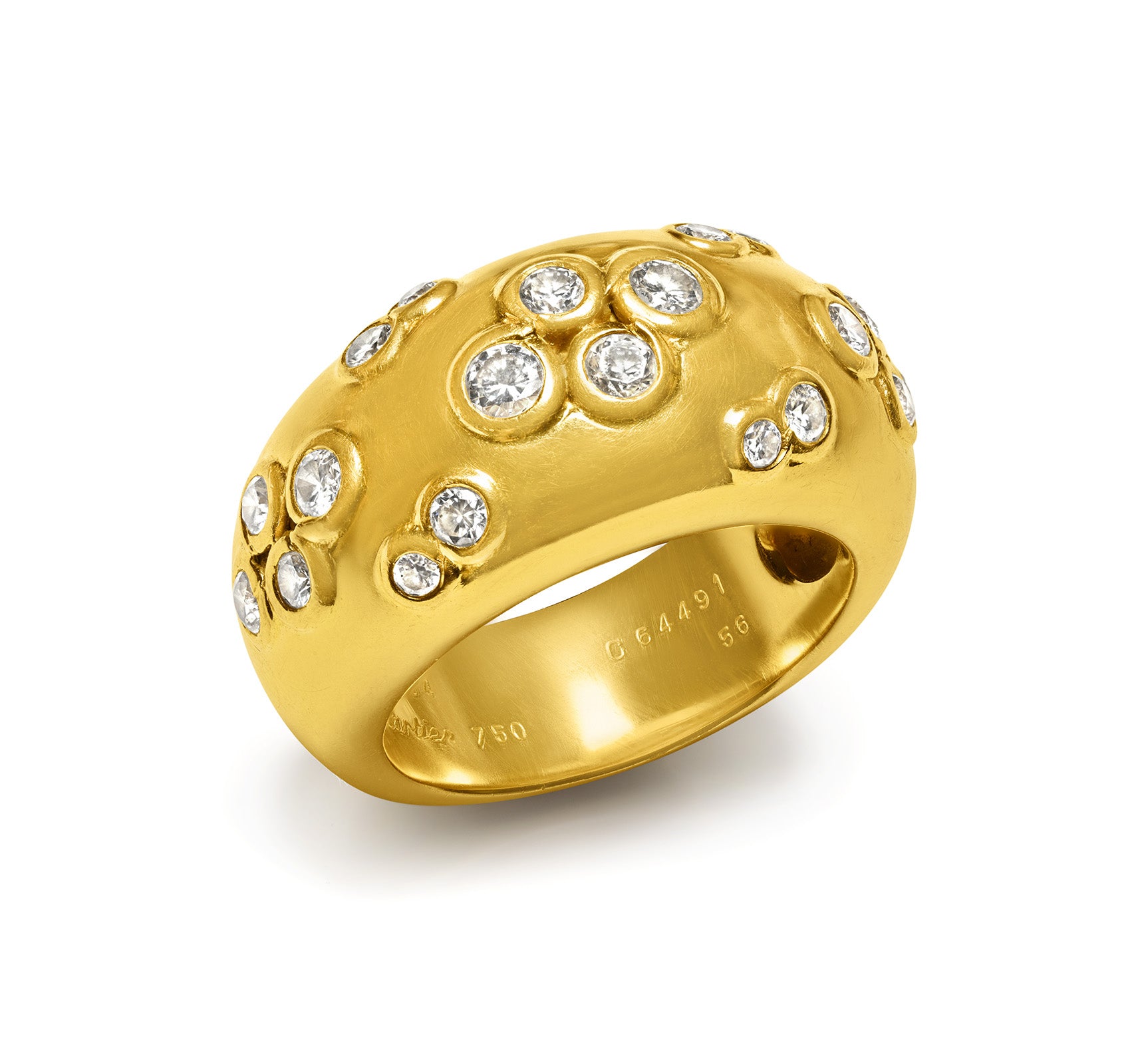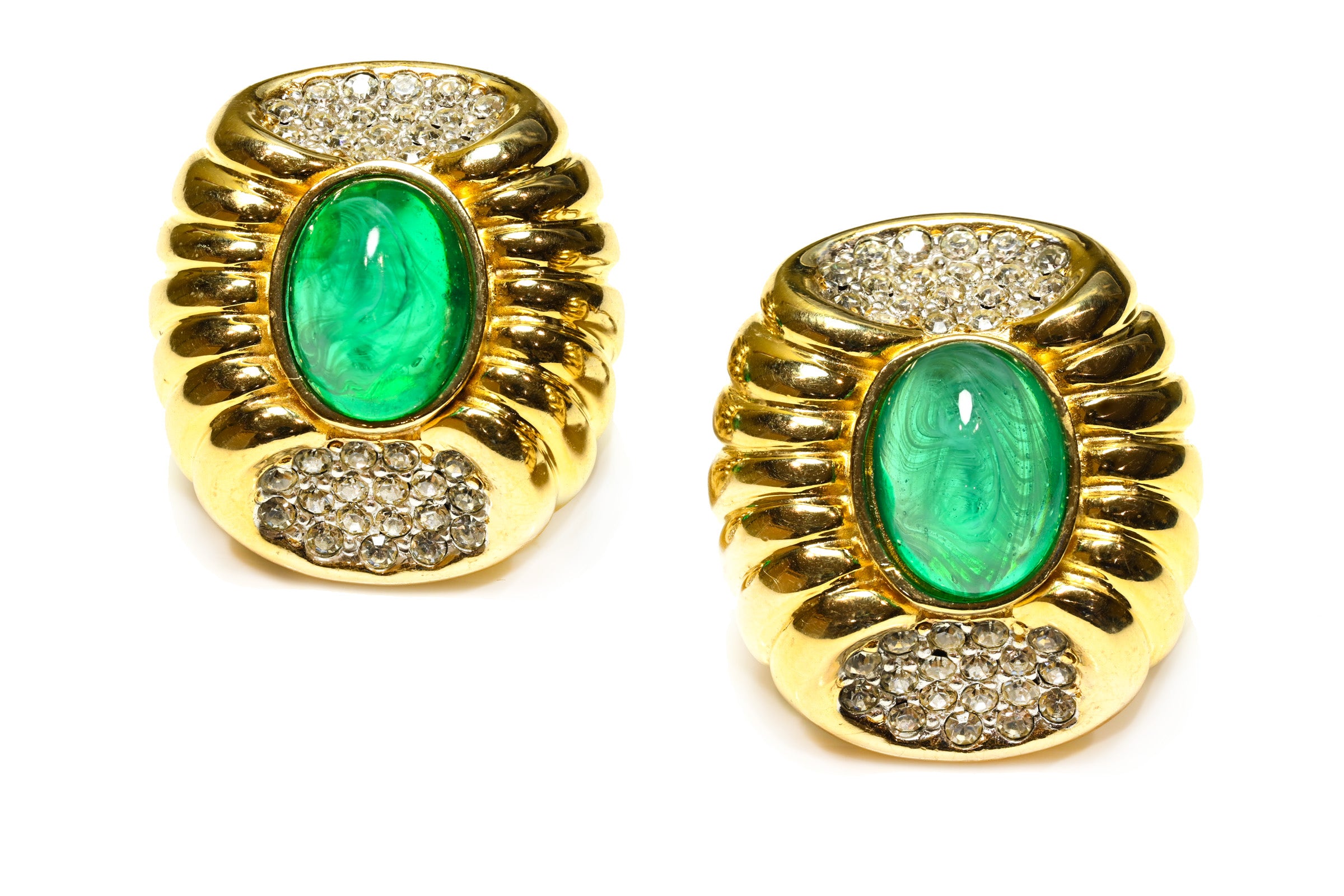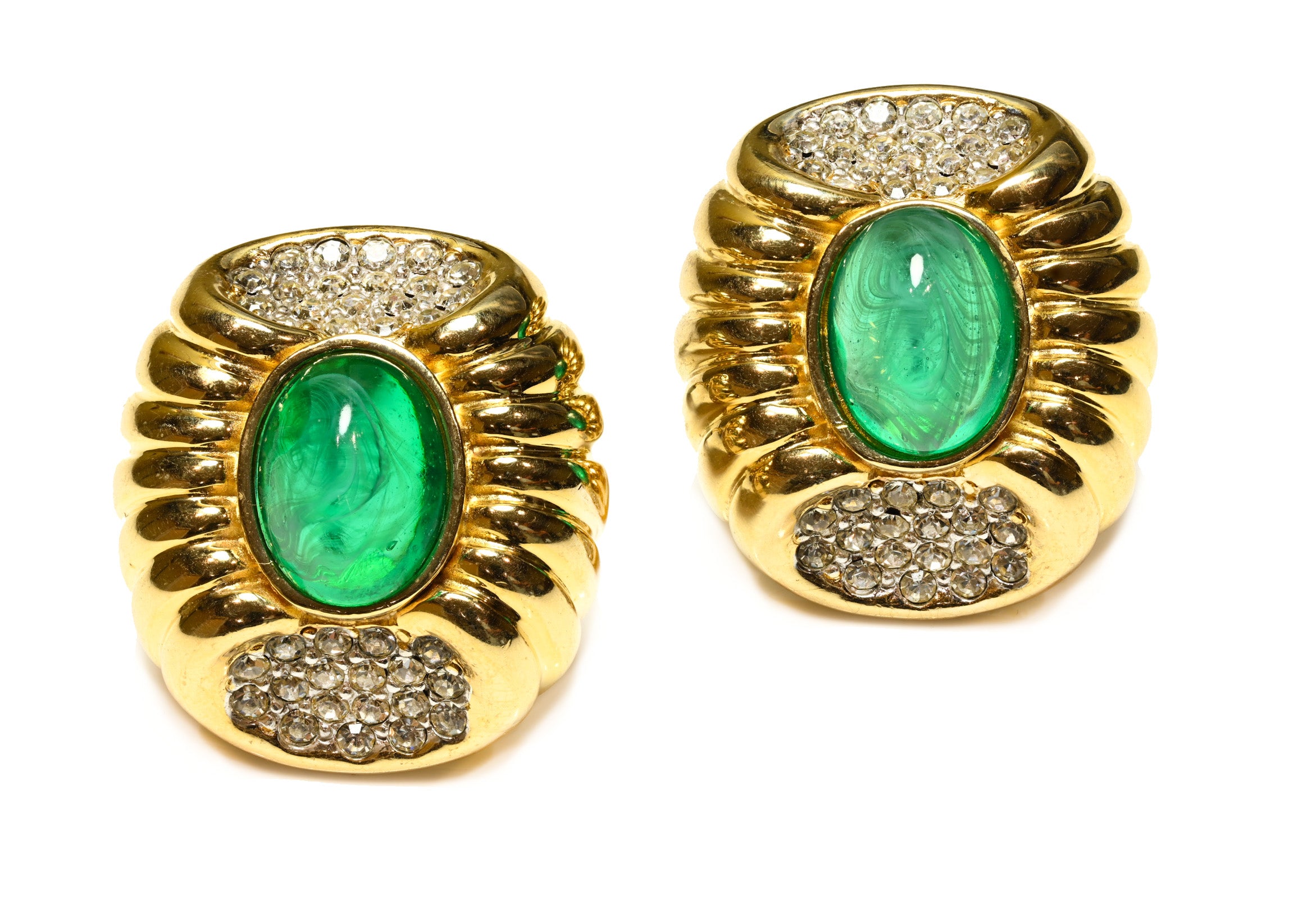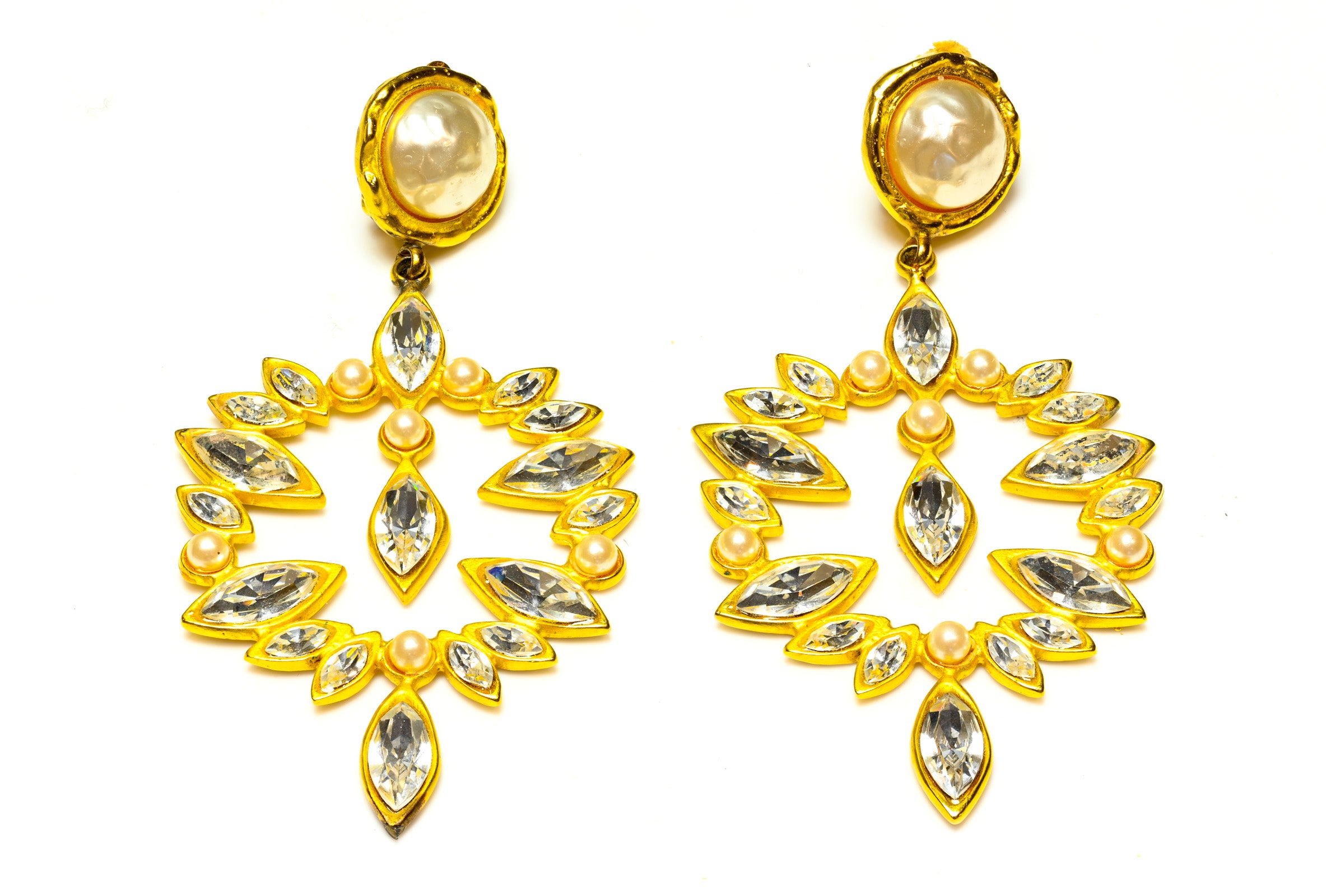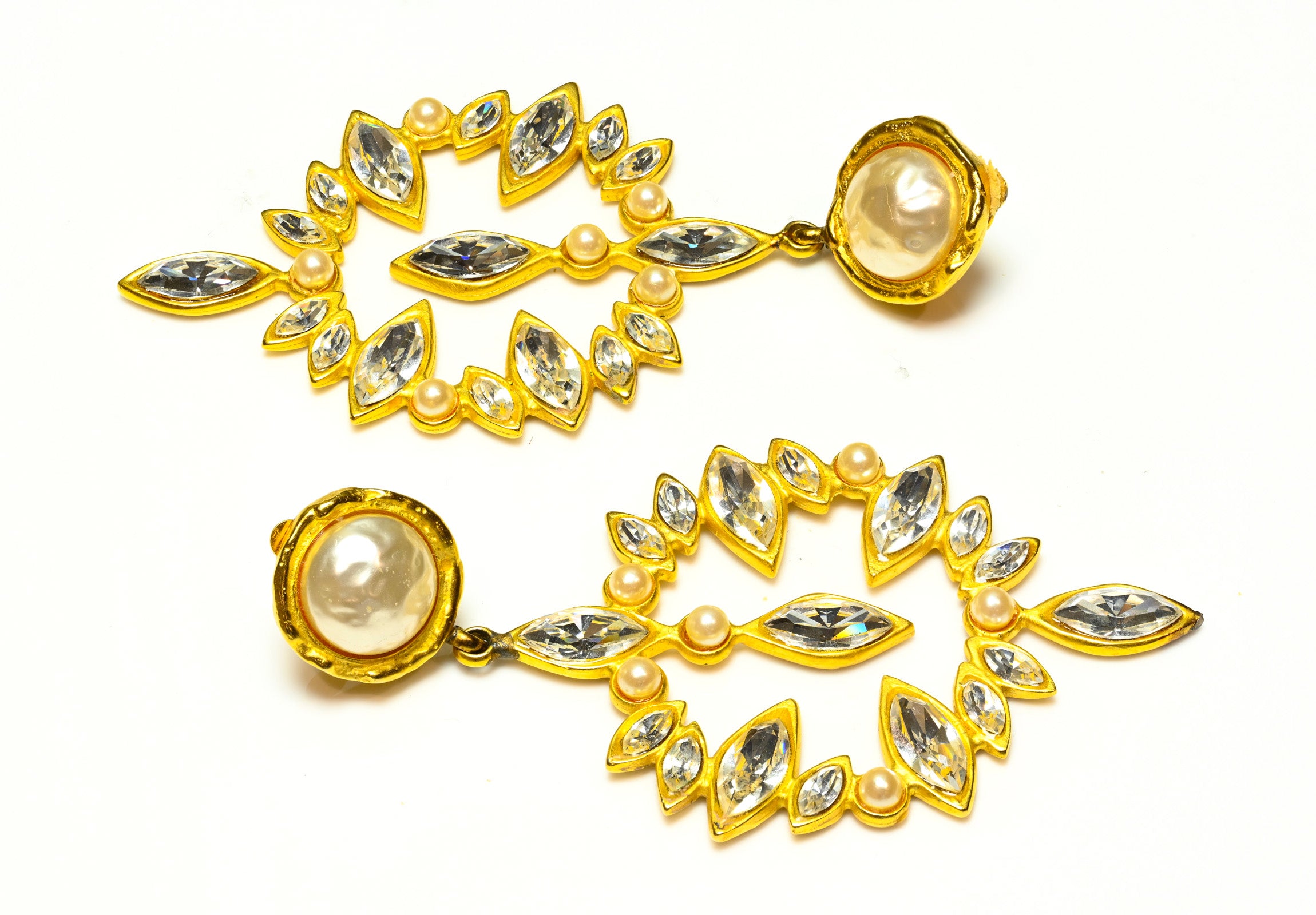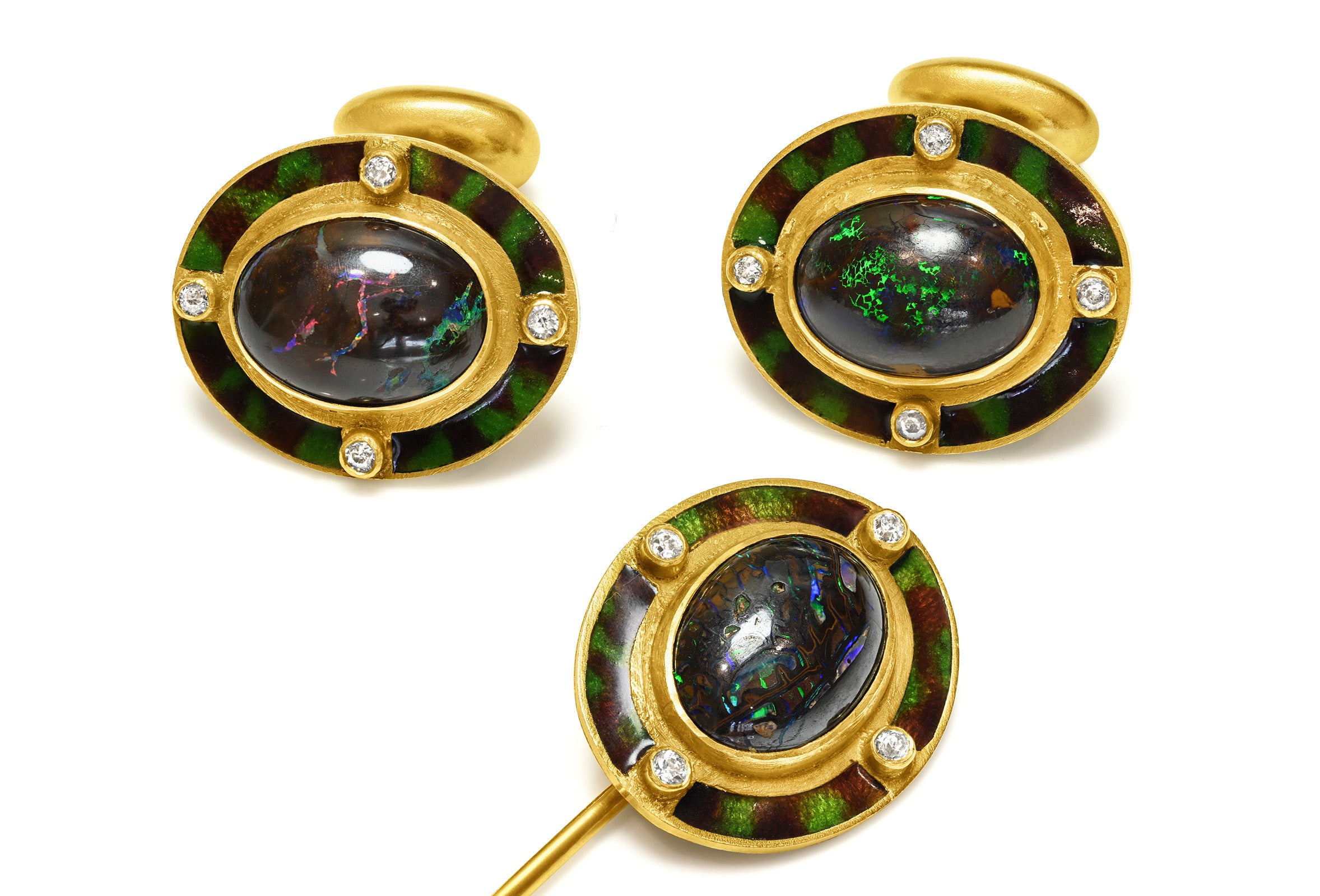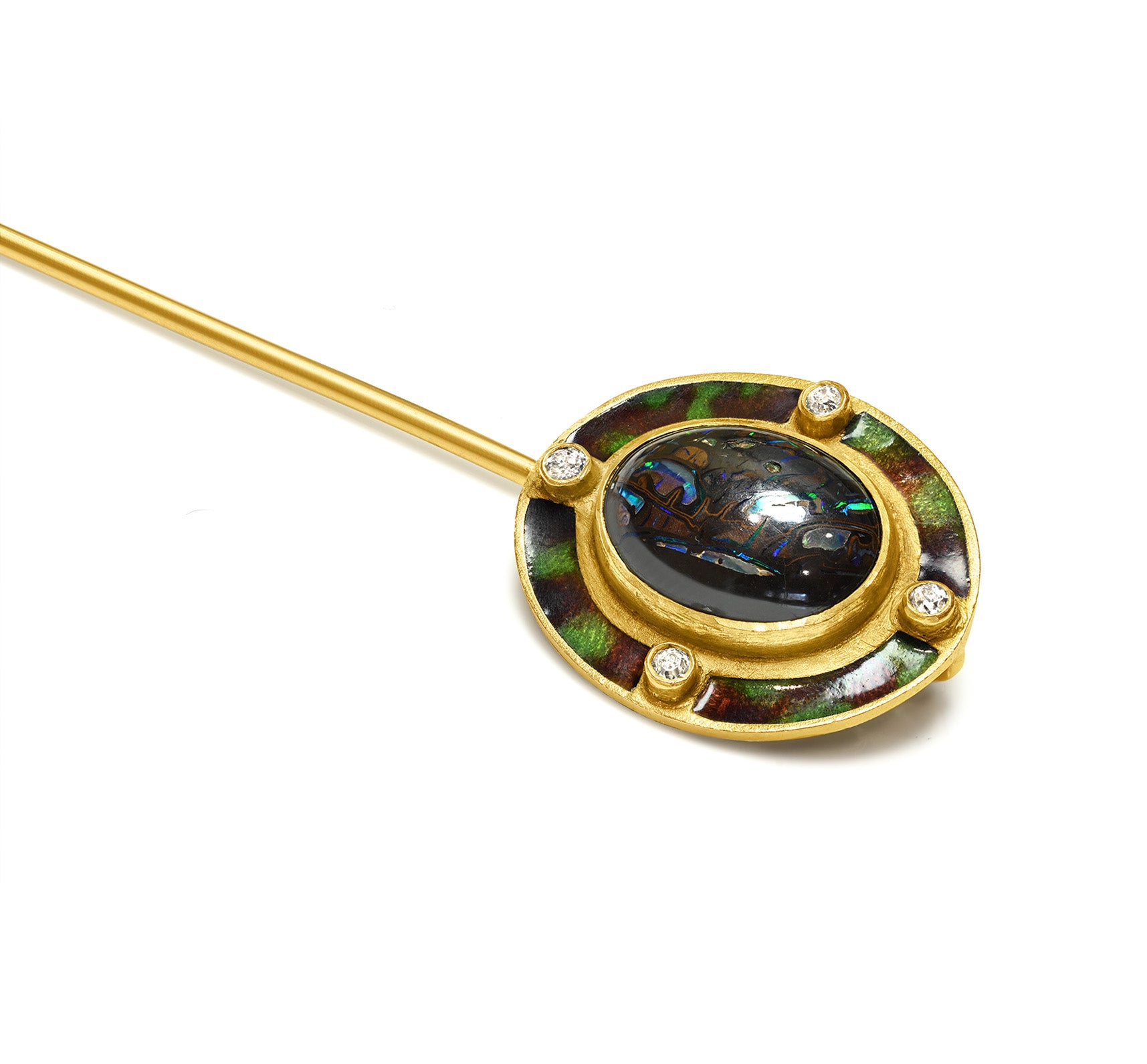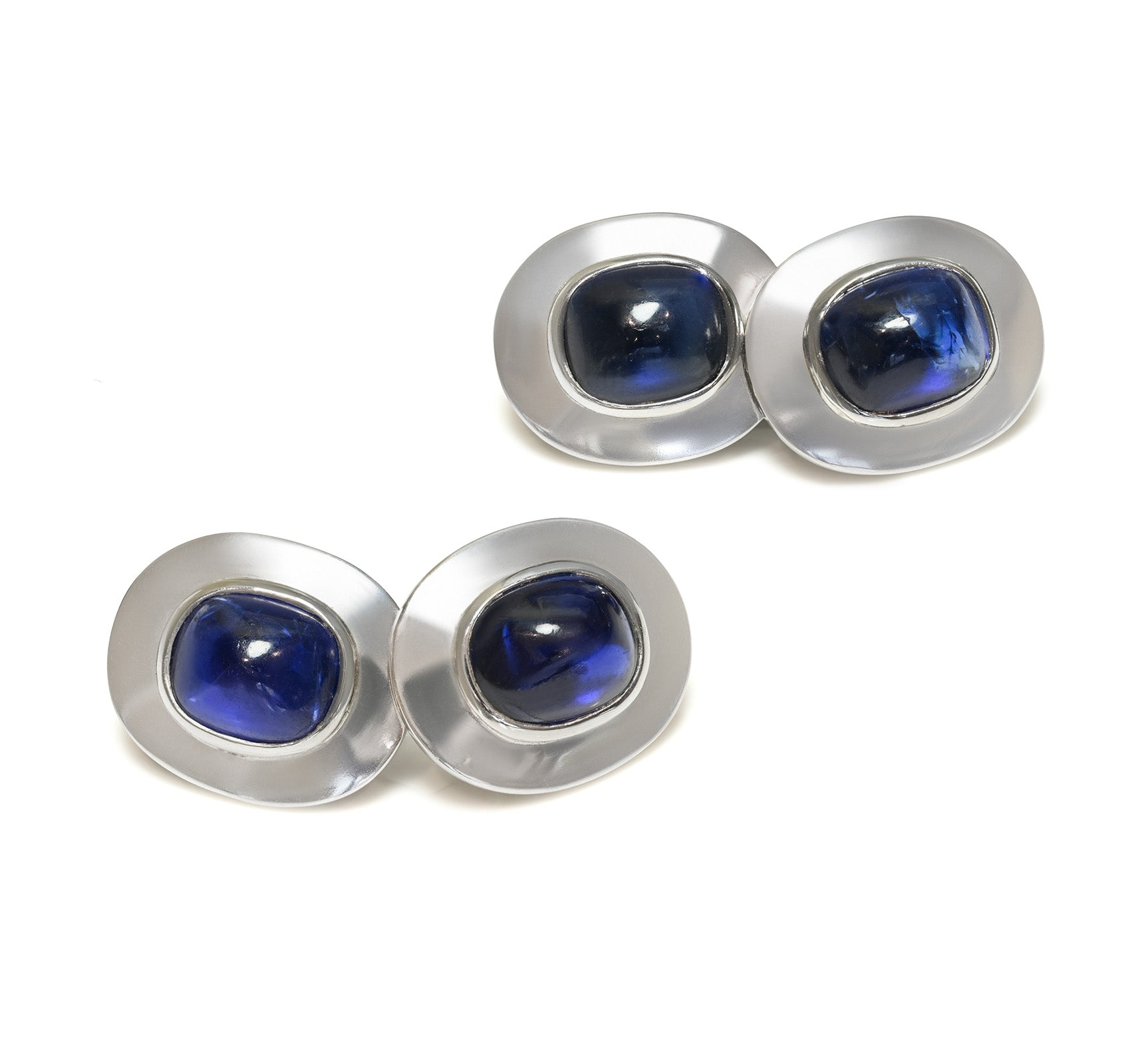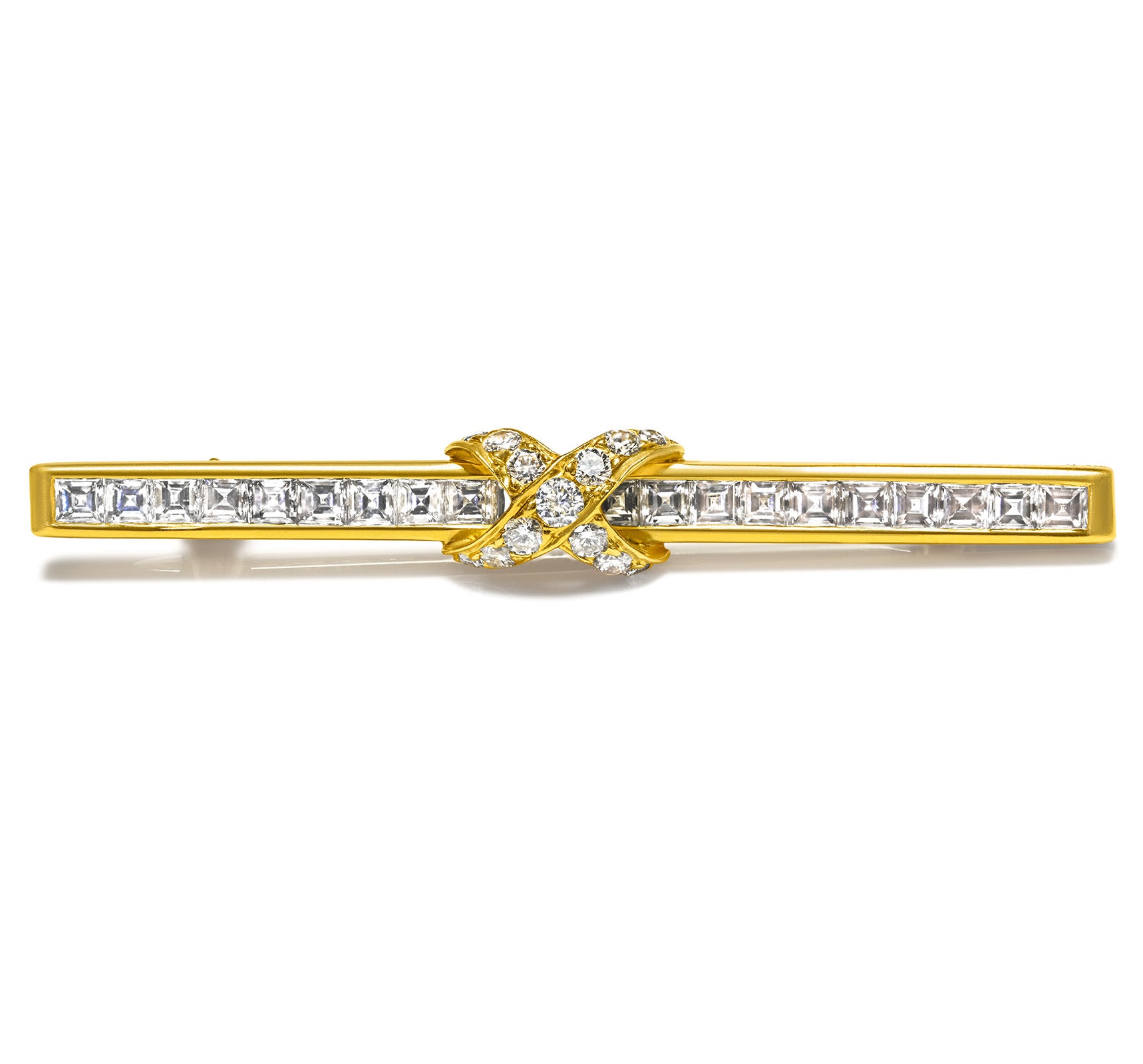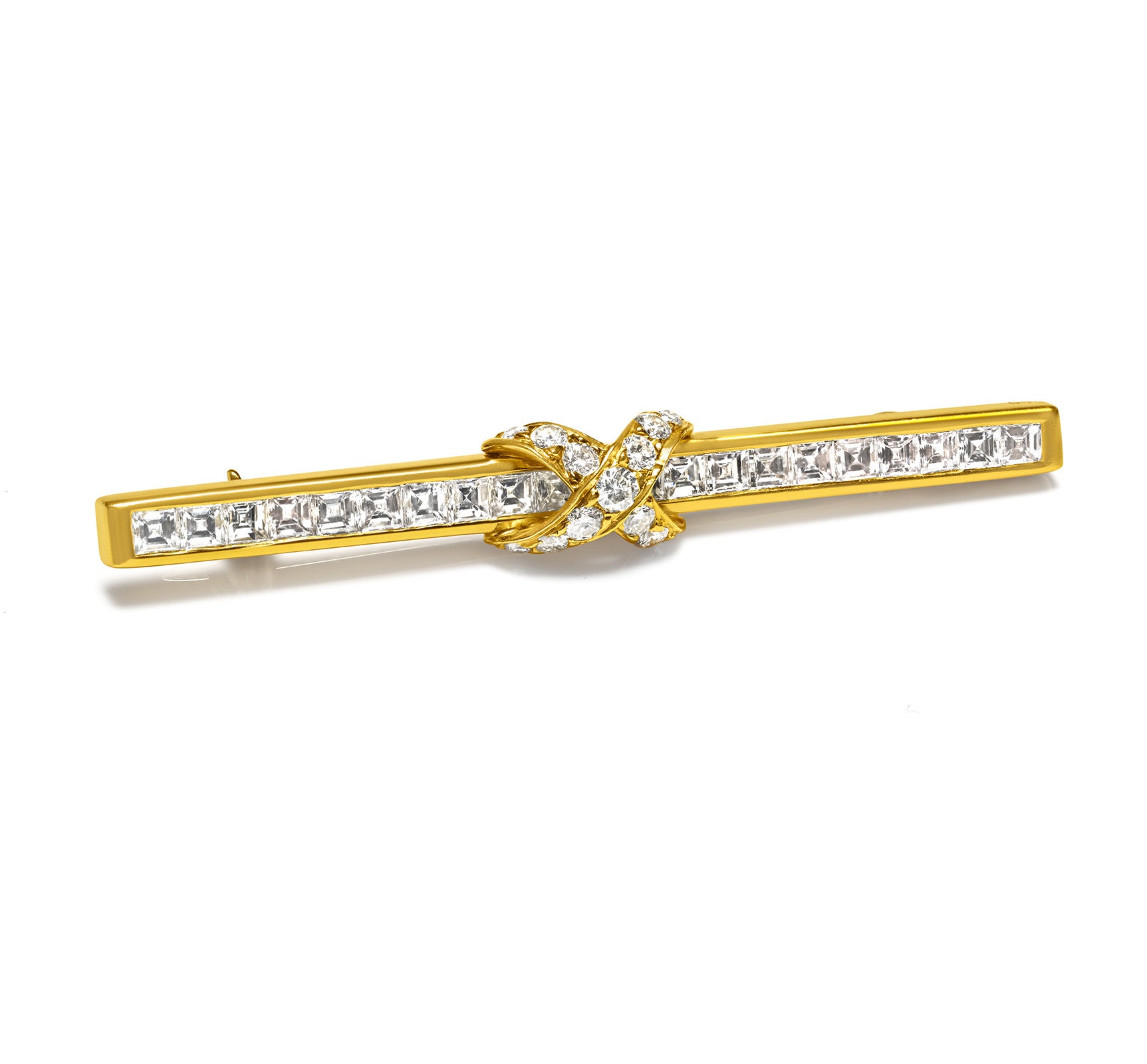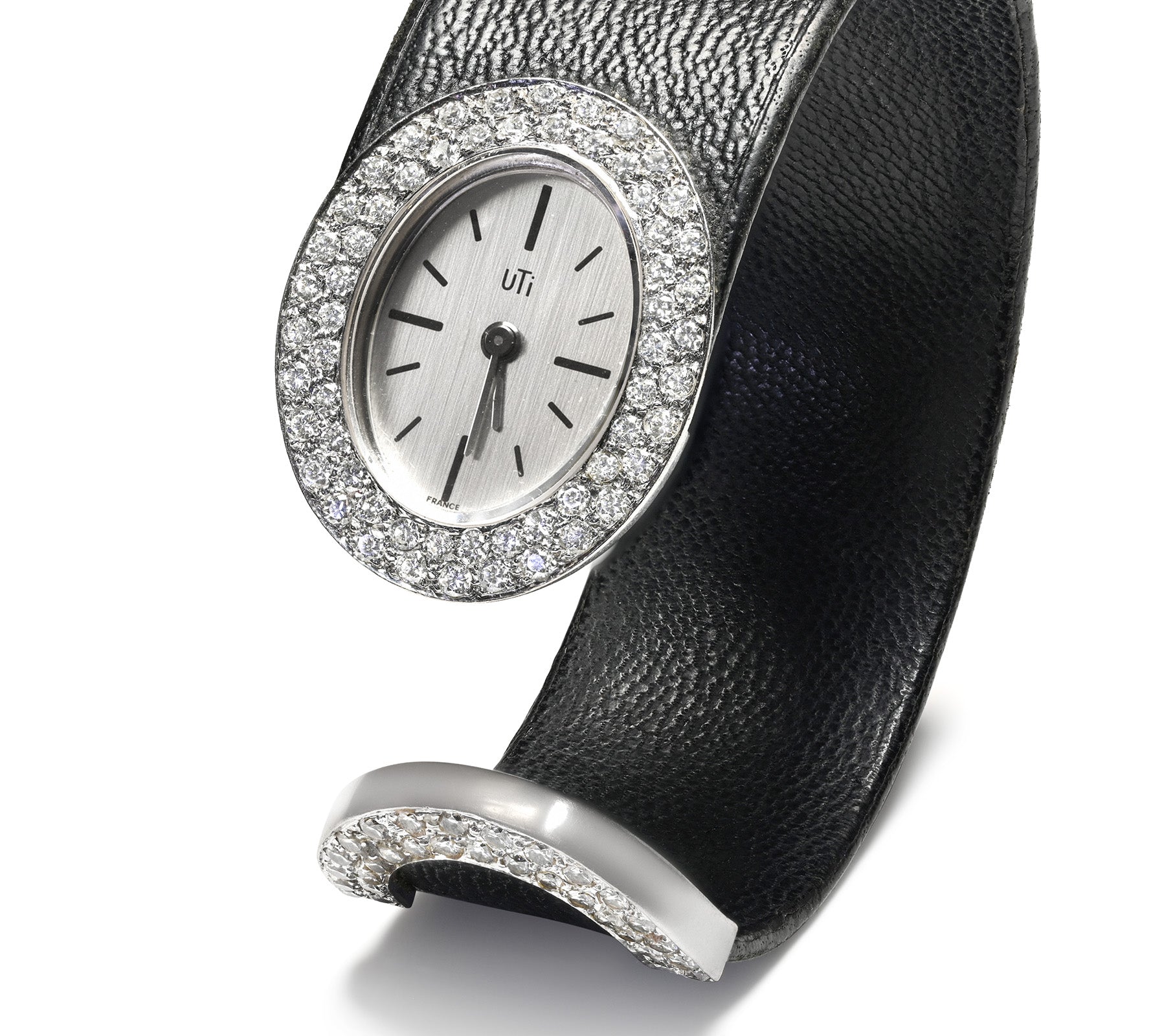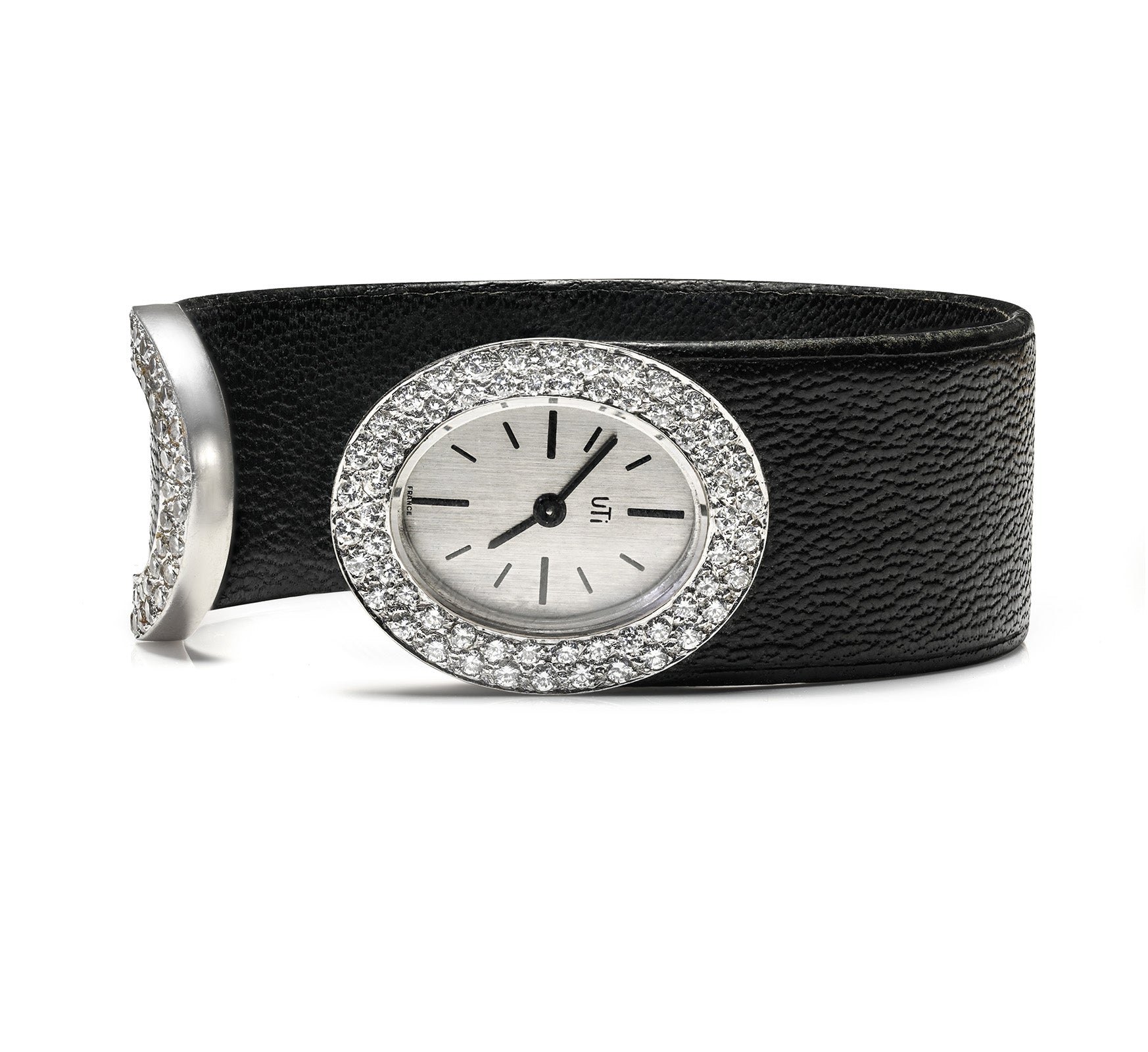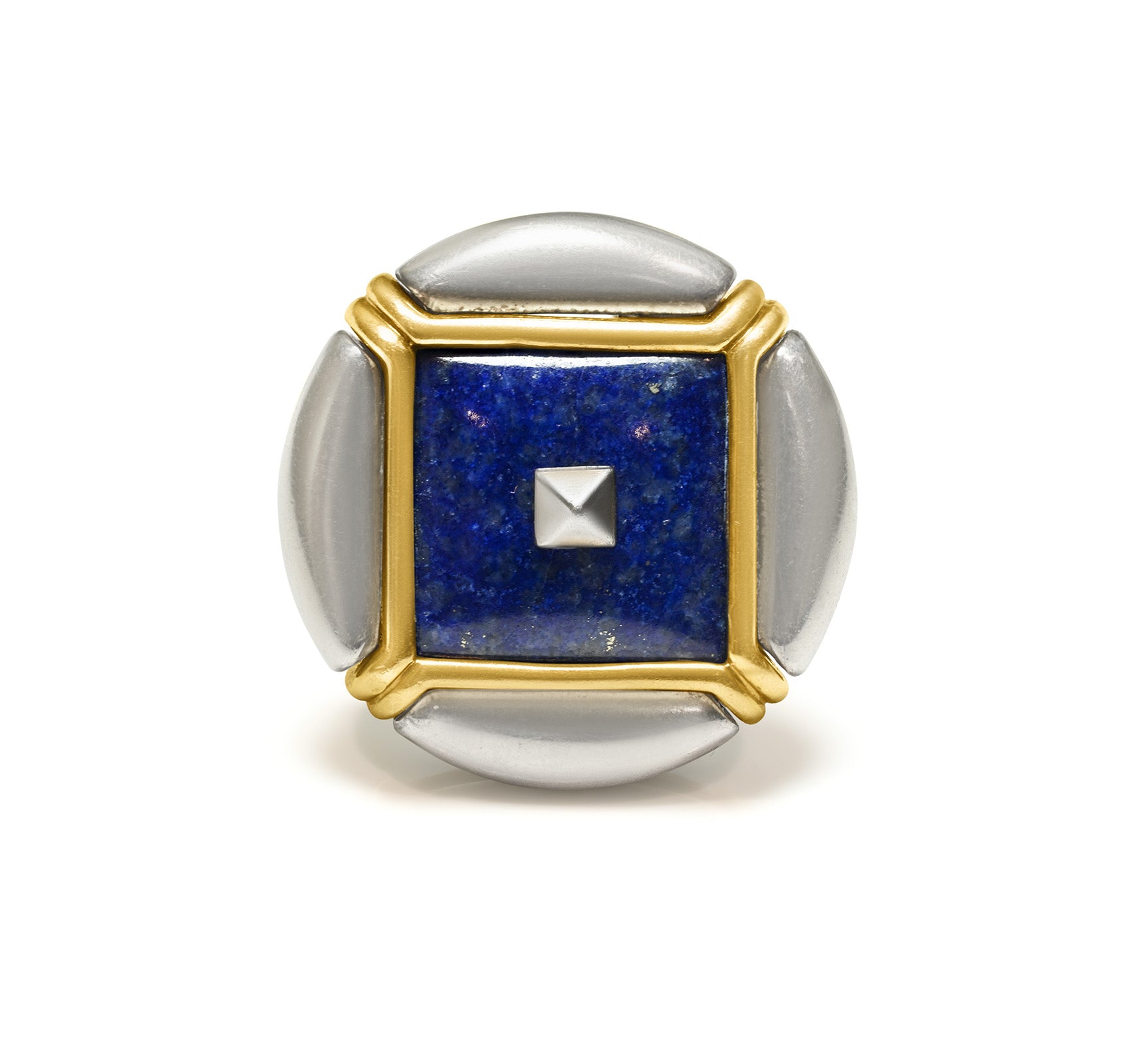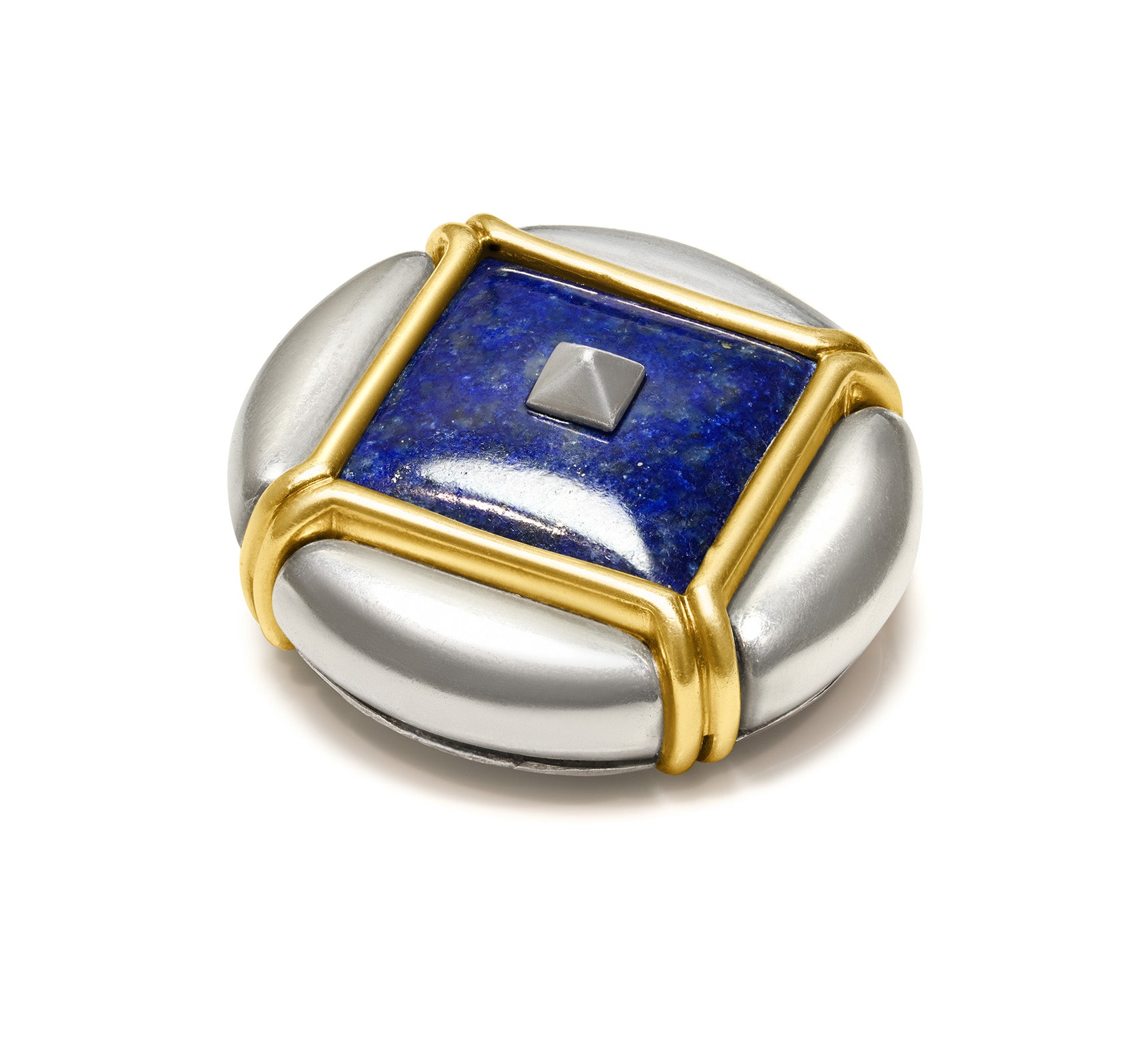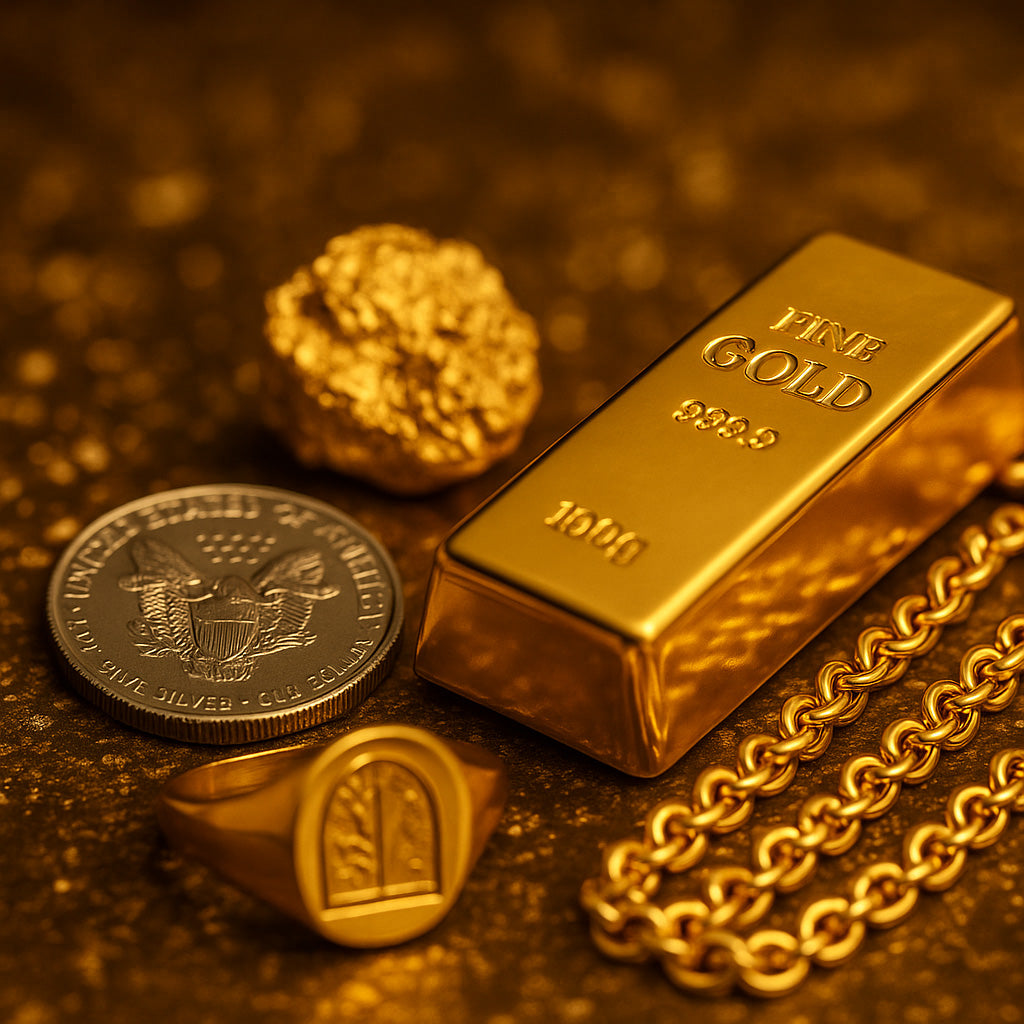
Gold and Silver Outlook 2025–2026: Can the Bull Run Continue?
At DSF Antique Jewelry, we continuously monitor global trends shaping the value and perception of precious metals. The extraordinary rally in gold and silver during 2025 has reignited discussions about their role not only as commodities but also as enduring symbols of wealth, artistry, and preservation.
A Historic Rally for Precious Metals
Gold has reached unprecedented levels this year, climbing above $4,200 per ounce in mid-October and maintaining strong momentum throughout the autumn season. Silver, long considered gold’s dynamic counterpart, has surged beyond $50 per ounce, marking its highest valuation in decades.
Both metals have benefited from a combination of monetary policy shifts, inflation concerns, and heightened global uncertainty. Investors, collectors, and institutions are seeking tangible assets that offer resilience amid fluctuating economic conditions. What’s unfolding is more than a short-term market surge—it represents a deeper realignment of how value and stability are perceived in an era of financial volatility.
Why Gold and Silver Are Climbing
1. The Changing Monetary Landscape
A broad expectation of lower interest rates is one of the defining drivers behind the current rally. As real yields fall and the cost of holding non-yielding assets declines, gold once again asserts itself as the premier store of value. The same dynamic supports silver, which often mirrors gold’s upward movement during periods of monetary easing.
2. Inflation and Fiscal Expansion
Persistent inflation, combined with expansive fiscal policies and mounting government debt, has weakened confidence in paper currencies. Precious metals—finite by nature—have become the logical counterbalance. Gold’s reputation as an inflation hedge has been reaffirmed, while silver’s industrial importance makes it a hedge with practical applications.
3. Safe-Haven Appeal
Geopolitical tensions, trade frictions, and political divisions have amplified global risk aversion. In uncertain times, investors turn toward physical assets that transcend national borders and financial systems. The renewed trust in gold and silver underscores a timeless truth: tangible value endures when paper promises falter.
4. Institutional and Central Bank Demand
In recent years, central banks across Asia, the Middle East, and Europe have increased their gold reserves as part of broader diversification strategies. Institutional investors have also expanded positions in physically backed precious-metal holdings, reinforcing a structural floor beneath the market.
5. Supply Constraints in Silver
Silver’s upward momentum is intensified by persistent supply deficits. Production growth has lagged behind rising industrial demand, especially from solar technology, electronics, and electric vehicles. This scarcity, combined with investor interest, has created a sustained upward pull that could keep prices elevated through 2026.
Looking Ahead: Market Outlook for 2026
While forecasts vary, the overall sentiment remains strongly bullish for both metals:
-
Gold is widely expected to approach or even surpass $5,000 per ounce in 2026 if current macroeconomic and policy trends persist.
-
Silver could reach $65 per ounce, driven by continued investment flows and industrial consumption.
Such price levels would represent not just record valuations, but a significant redefinition of what investors consider “fair value” for precious metals in the modern economy.
Even so, periods of consolidation are likely. Market cycles are rarely linear, and temporary corrections often provide renewed entry points for long-term holders.
Key Risks and Considerations
Despite the optimism, several factors could influence near-term movements:
-
Monetary Surprises: Delays in rate cuts or unexpected policy tightening could slow momentum.
-
Currency Strength: A stronger U.S. dollar historically weighs on metal prices.
-
Market Volatility: Rapid rallies often trigger profit-taking, leading to temporary pullbacks.
-
Industrial Slowdowns: For silver, a weaker manufacturing cycle could briefly temper demand.
However, each of these headwinds remains counterbalanced by long-term structural strength—particularly ongoing central bank accumulation, geopolitical uncertainty, and inflation that continues to outpace interest-rate returns.
The Jewelry Market Perspective
1. Material Costs and Craftsmanship
Rising gold and silver prices naturally increase production costs across the jewelry world. For luxury and antique jewelers, this often translates into greater emphasis on craftsmanship, design, and provenance—qualities that hold value independent of raw material fluctuations.
2. Creative Adaptation
Designers are embracing mixed metals, colored gemstones, and innovative textures to maintain aesthetic balance and affordability. Silver’s relative accessibility compared to gold allows for bold, sculptural designs that appeal to a new generation of collectors.
3. Investment-Grade Jewelry
For connoisseurs and investors, fine jewelry has once again proven its strength as an asset class. Signed pieces and antique creations combine intrinsic material worth with artistic and historical value—an equation that pure bullion cannot match. At DSF Antique Jewelry, we see growing interest in museum-quality pieces that embody this dual appeal of beauty and resilience.

Silver’s Dual Nature: Metal and Modern Resource
Silver occupies a unique position between investment and industry. Its indispensable role in renewable energy, technology, and electrification provides an additional foundation of demand. As nations expand green infrastructure, silver’s applications in solar cells and advanced electronics are expected to accelerate, reinforcing its long-term scarcity.
This practical utility distinguishes silver from other precious metals—it’s both an ancient symbol of wealth and a core component of the future economy.
Gold vs. Silver: Complementary Assets
| Aspect | Gold | Silver |
|---|---|---|
| Volatility | Lower | Higher |
| Institutional Demand | Strong | Moderate |
| Industrial Use | Limited | High |
| Liquidity | Very High | High |
| Role in Jewelry | Prestige and value retention | Versatility and design freedom |
| Investor Outlook | Long-term stability | Tactical growth potential |
For investors, gold represents permanence and capital preservation; silver offers greater short-term opportunity. Together, they form a balanced hedge against both inflation and financial instability.
Historical Parallels and Modern Implications
The current environment recalls previous gold surges in the 1970s and early 2000s, when economic uncertainty and inflation eroded confidence in traditional assets. Yet, unlike past cycles, today’s rally is supported by a more interconnected global economy and a fusion of industrial and aesthetic demand.
Fine jewelry plays a distinct role in this ecosystem—it transforms these raw materials into lasting works of art. Each era’s masterpieces capture both creative innovation and the spirit of their economic times.
For Collectors and Connoisseurs
Gold and silver’s resurgence highlights what collectors have always known: true beauty and value never go out of style. Antique jewelry, in particular, represents the perfect harmony between investment and emotion—heritage pieces that appreciate in both material and artistic worth.
At DSF Antique Jewelry, we curate exceptional works that transcend eras—from Victorian and Art Nouveau elegance to Art Deco sophistication and mid-century modernism. Each creation tells a story of craftsmanship, culture, and continuity.
Final Reflections
The precious metals rally of 2025 is more than a financial trend—it’s a reaffirmation of enduring value. As economies evolve and currencies shift, gold and silver remain the ultimate constants: tangible, finite, and universally revered.
In jewelry, they transform from mere commodities into expressions of legacy. Whether as heirloom investments or wearable art, these metals remind us that what is truly precious transcends time.
